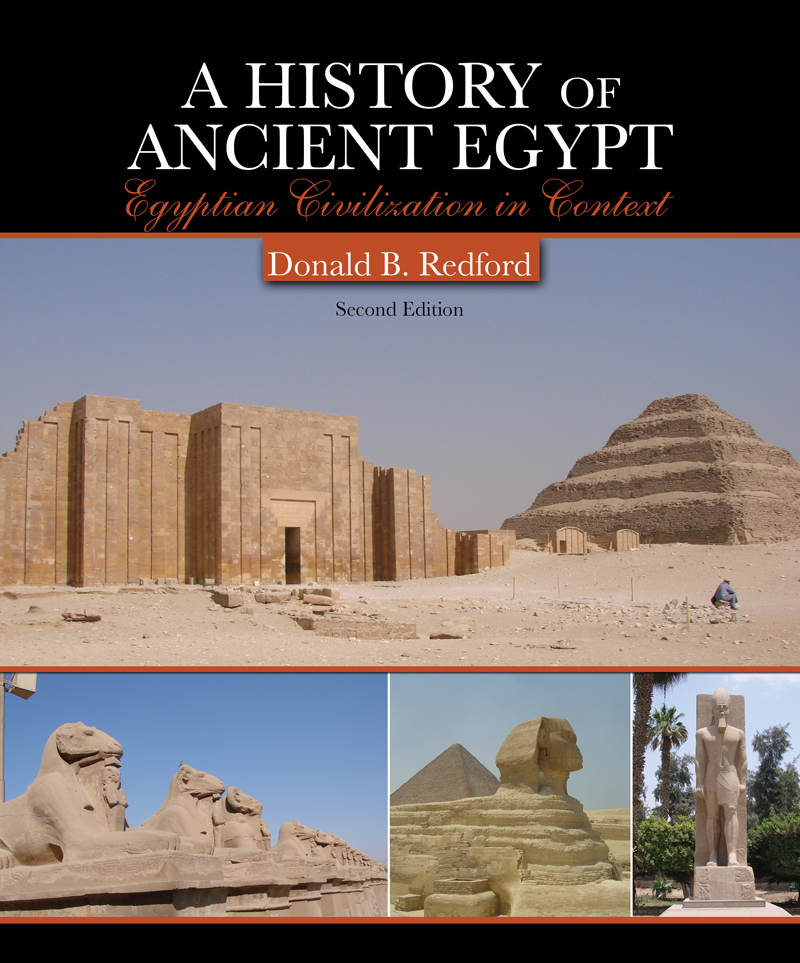

Near the end of that term, the Treasury Department requested that the State Department explain recent Soviet behavior, such as its disinclination to endorse the International Monetary Fund and the World Bank. Kennan served as deputy head of the mission in Moscow until April 1946. Kennan believed that a federation needed to be established in western Europe to counter Soviet influence in the region and compete against the Soviet stronghold in eastern Europe. Kennan tried repeatedly to persuade policymakers to abandon plans for cooperation with the Soviet government in favor of a sphere of influence policy in Europe to reduce the Soviets’ power there. In Moscow, Kennan felt his opinions were being ignored by Harry S. Kennan played a major role in the development of definitive Cold War programs and institutions, notably the Marshall Plan. These texts provided justification for the Truman administration’s new anti-Soviet policy. Kennan’s “Long Telegram” and the subsequent 1947 article “The Sources of Soviet Conduct” argued that the Soviet regime was inherently expansionist and that its influence had to be “contained” in areas of vital strategic importance to the United States. An important moment in the development of America’s initial Cold War strategy was the delivery of the “Long Telegram” sent from Moscow by American diplomat George Kennan in 1946. The USSR consolidated its control over the states of the Eastern Bloc, while the United States began a strategy of global containment to challenge Soviet power, extending military and financial aid to the countries of Western Europe. The first phase of the Cold War began in the first two years after the end of the Second World War in 1945. It is best known as the Cold War policy of the United States and its allies to prevent the spread of communism. containment A military strategy to stop the expansion of an enemy.

President Harry Truman that articulated the policy of containment toward the USSR. Kennan during the post-WWII administration of U.S. Key Terms “Long Telegram” A 1946 cable telegram by U.S.


 0 kommentar(er)
0 kommentar(er)
